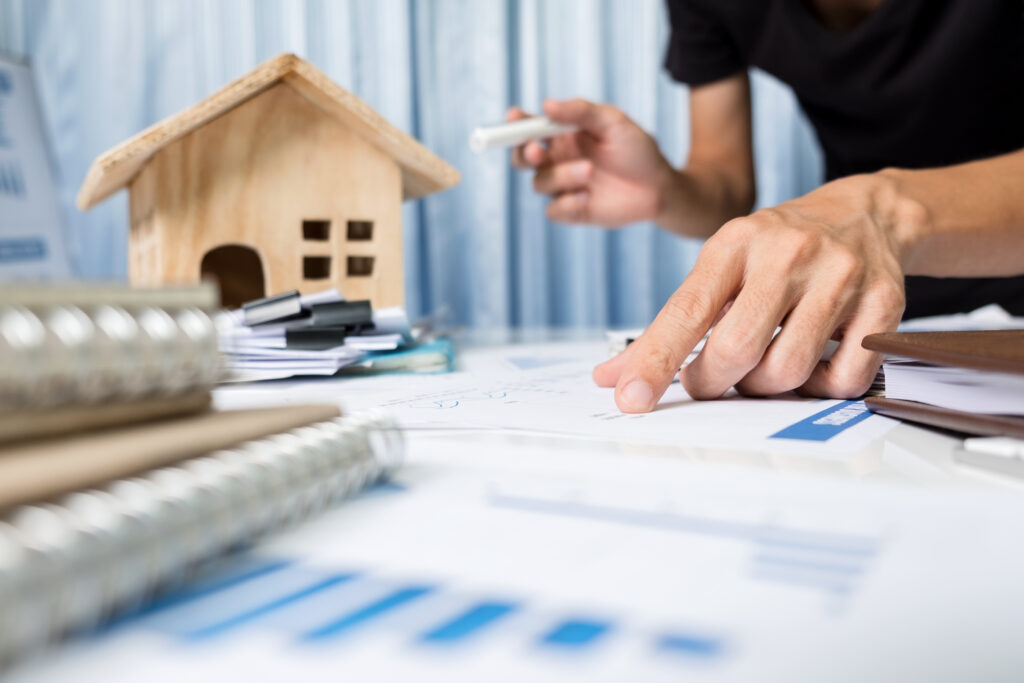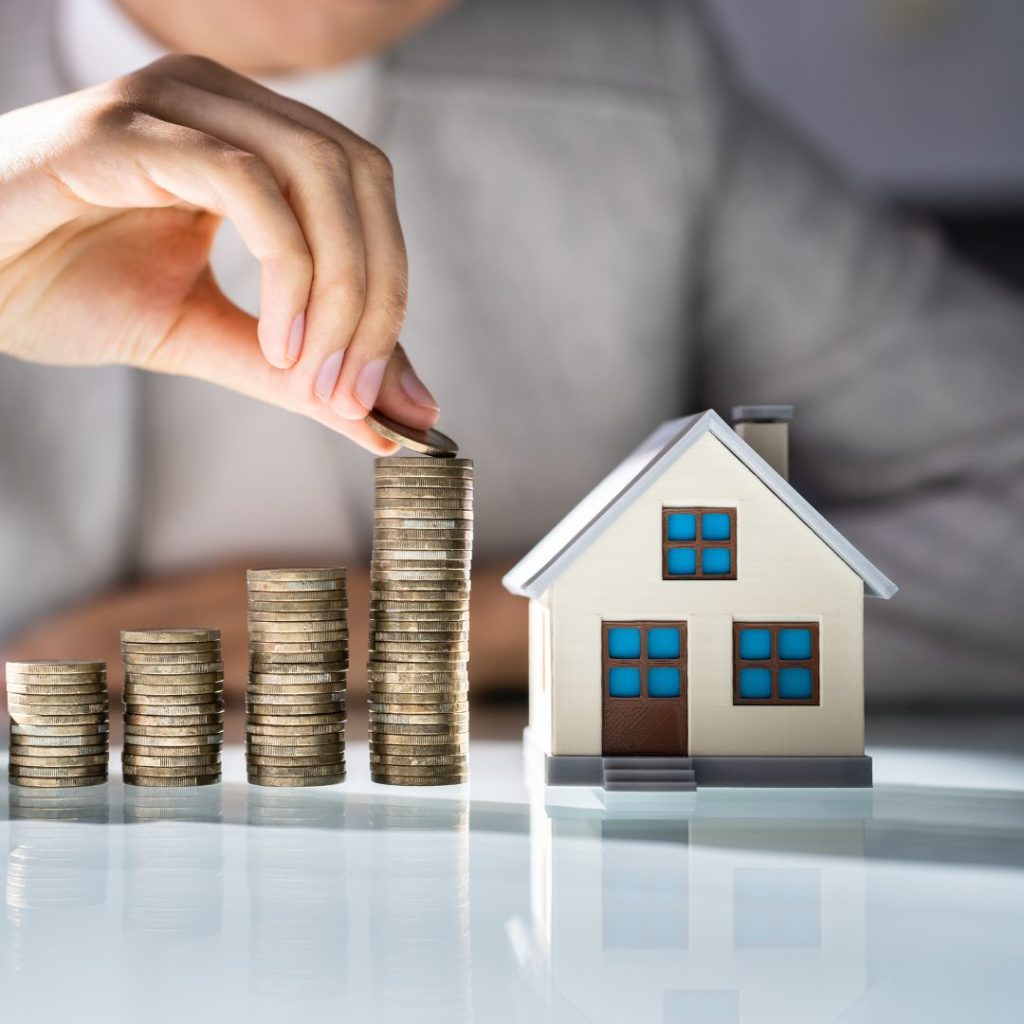If you’re looking to start investing in property, your rental yield will play an important role in the profitability of your investment.
Your rental yield will help you understand whether a property is a good investment and how much money you’ll have leftover once your mortgage costs and expenses are covered.
Wondering how to calculate rental yield? Read on for our guide.
What is rental yield?
Your rental yield describes your annual rental income as a percentage of the total value of the property. Usually, the higher your rental yield, the better.
However, rental yield isn’t the only important factor when determining whether an investment is worthwhile or not.
Capital appreciation is also with consideration. This is the amount your property is predicted to increase in value in the long term.
Not only can capital appreciation offer you the ability to remortgage the investment property to remove capital and use it for spending or other investments, you can also benefit when it comes time to sell the property.
It can be a good idea to monitor the property market in a number of areas to determine where might be the best place to make an investment.
How to calculate rental yield
There are two main types of rental yield to consider: gross and net.
How to calculate gross rental yield
To calculate gross rental yield on a particular property, take your annual rental income for that property and divide it by the property’s value before multiplying it by 100.
As a sum, it looks like this:
((Monthly Rental Income × 12) ÷ Property Value) × 100 = Gross Rental Yield.
So, if your annual rental income was £12,000 and the property cost you £250,000, this would give you a rental yield of 4.8%.
How to calculate net rental yield
To work out the property’s net rental yield, you can do a similar sum but be sure to deduct costs such as insurance, tax and maintenance.
In this case, you’ll take your annual rental income and deduct costs from this figure.
Then, you’ll divide this by the property’s value and multiply it by 100. The final sum is your net rental yield.
This is how it looks as a sum:
(((Monthly Rental Income × 12) – Costs) ÷ Property Value) × 100 = Net Rental Yield.
So, if you bought a property worth £250,000, you rented it out for £1,000 per month and spent around £4,000 a year on expenses, your net rental yield would be 3.2%.
Your net rental yield can be more difficult to calculate thanks to variable costs from one year to the next, but it’s worth having a rough idea of this figure so you can predict your return on investment.
Can you calculate rental yield for a property you don’t own yet?
It can be difficult to calculate rental yield for a property you haven’t bought yet.
This is because you won’t know for sure how easy it’ll be to find tenants, whether your property will sit empty, and whether repairs or maintenance will be required.
By paying for a thorough survey before making the purchase, you can get a better idea of the property’s condition and avoid costly mistakes further down the line.
What you can also do is research average rents in the area and consider factors such as proximity to transport links, supermarkets and schools.
What is a good rental yield?
There is no golden number to aim for but it’s a good idea to make sure you’re making enough to cover mortgage payments, running costs and make a profit. You’ll also want to build up a good emergency fund to cover emergency costs such as a broker boiler or leaky ceiling.
In terms of the yield itself, a ‘good’ rental yield will depend largely on where you’re buying property. It can be far more difficult to get a good rental yield in London than it can be in Hull.
With property prices surging in the capital, it’s not realistic for rents to increase at the same rate.
Rental yields in places like Manchester and Liverpool are often stronger thanks to steadily increasing rental costs compared to property prices that are below the national average.
The average property price in Manchester was £198,240 in May 2021, while the average monthly rent in the city was £833. This equates to an average yield of 5%. In some parts of the city, yields of 8% and above are possible.
In London, however, it can be a challenge to find yields of more than 5%. This doesn’t mean it’s impossible, but it does require dedication and perseverance.
Here are some examples showing how rental yield can vary between cities and regions.
Rental yield by city:
- Manchester: 5.19%
- London: 3.47%
- Birmingham: 4.92%
- Swansea: 3.86%
- Glasgow: 7.52%
- Liverpool: 4.62%
Rental yield by region:
- Scotland: 5.12%
- Wales: 4.52%
- North East: 4.29%
- Yorkshire: 3.79%
- North West: 3.74%
- West Midlands: 3.62%
- London: 3.47%
- East Midlands: 3.37%
- South West: 3.12%
- South East: 3.11%
- East of England: 3.04%
IPG Clients:
If you’re looking to start investing in property, your rental yield will play an important role in the profitability of your investment.
Your rental yield will help you understand whether a property is a good investment and how much money you’ll have leftover once your mortgage costs and expenses are covered.
Contact us to enquire about investing in property





